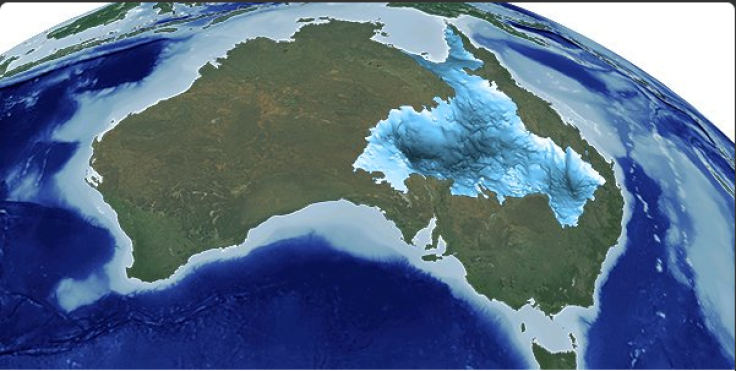Australia to adjust coordinates starting January 2017
Correction is meant to address gap between local coordinates, global sat-nav

Operators of self-driving cars, tractors, and global positioning system-reliant devices across Australia will be assured of navigational accuracy as the country’s local coordinate system will “move” 5.9 feet to the north on New Year’s Day.
According to Geoscience Australia, the government’s arm responsible for mapping the continent, the country will shift its longitude and latitude by 1.8 metres north-north-east from Jan. 1, 2017. This is meant to address a gap between local coordinates and those from global navigation satellite systems (GNSS).
The gap is due to the fact that Australia moves about 7 centimetres north-north-east because of tectonic plate movements. The Australian Plate is considered as the fastest moving continental tectonic plate on earth.
"If you want to start using driverless cars, accurate map information is fundamental," Dan Jaksa of Geoscience Australia told BBC.
"We have tractors in Australia starting to go around farms without a driver, and if the information about the farm doesn't line up with the co-ordinates coming out of the navigation system there will be problems."
The Geocentric Datum of Australia was last updated in 1994. The one-time shift in local coordinates effective Jan. 1, 2017 will guarantee that the country’s local coordinate system will match Australia’s exact location come 2020.
"We used the old plate fixed system to make life simple, but we don't want to do this adjustment every so often," Jaksa pointed out.
"Once we have a system that can deal with changes over time, then everybody in the world could be on that same system."
Self-driving cars, tractors or drones are not the only ones to benefit from the scientific correction as it will also help integrate accurate mapping location with GPS-dependent services such as Google Maps or Apple Maps.






